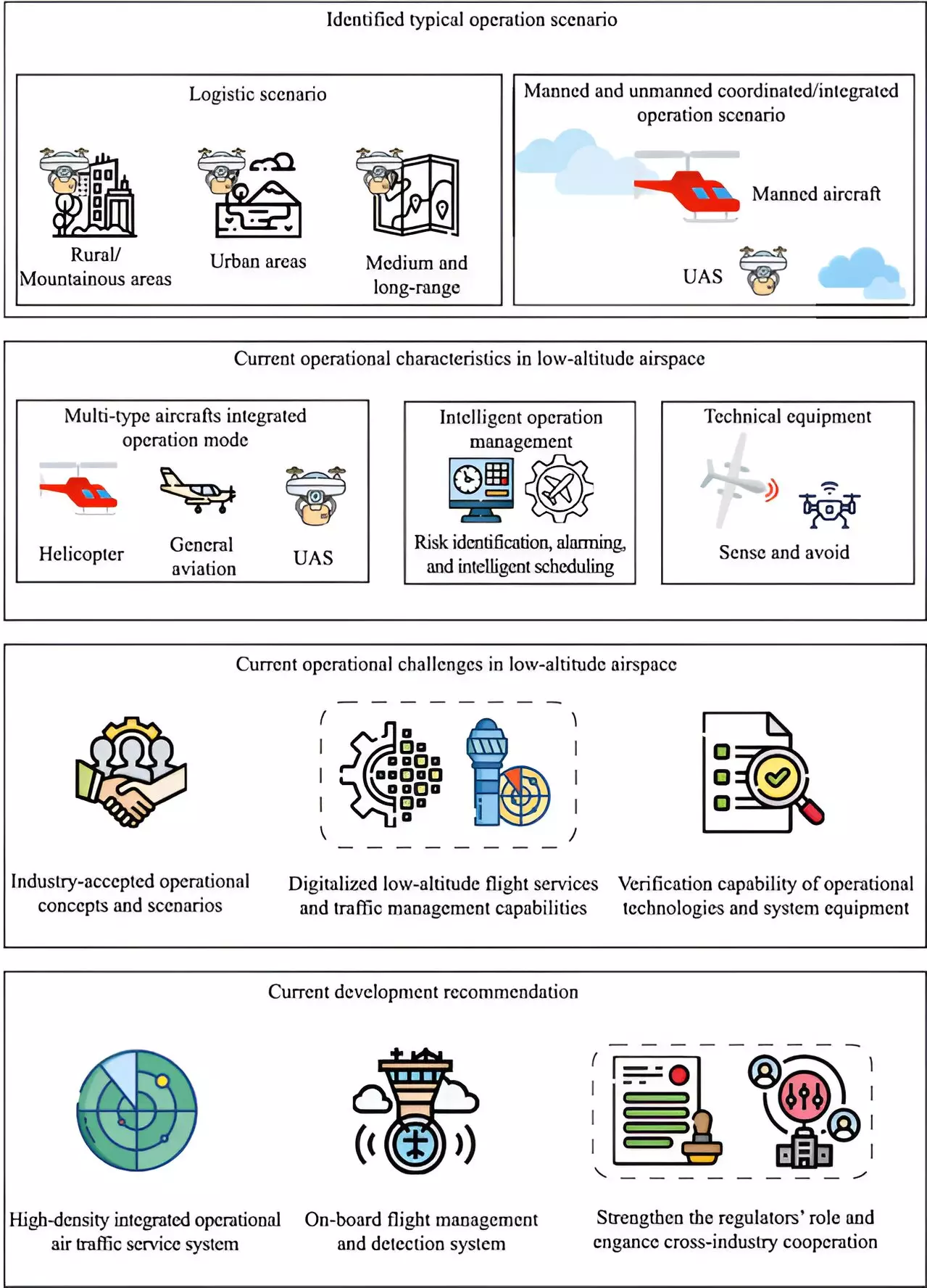China is at the forefront of a new era in aviation, driven by significant advancements in unmanned aerial systems (UAS). This transformation is poised to revolutionize low-altitude airspace management in the country. With a growing number of unmanned aircraft being integrated into national airspace, China faces unique challenges and opportunities in terms of regulation, technology, and industry practices.
The digital, networked, and intelligent nature of UAS operations poses challenges for traditional aviation regulations and technical systems. There is an urgent need for these systems to rapidly evolve to ensure safe, efficient, and integrated airspace usage by a diverse array of new players. This includes commercial drones for logistics, environmental monitoring, and potentially passenger transport.
Historically, China has maintained a complex airspace classification system dominated by military and commercial aviation. However, since 2010, there has been a reform in low-altitude airspace management to incorporate general aviation and now UAS. The Civil Aviation Administration of China (CAAC) has been spearheading the establishment of low-altitude flight service support systems to facilitate this transition.
One of the notable developments in China is the explosive growth of the UAS industry, making the nation a world leader in drone manufacturing. Drones are now widely used in sectors such as logistics, agriculture, and environmental monitoring. The increasing flight hours of UAS have exceeded those of manned aircraft, signaling a shift towards unmanned aviation in the country.
The integration of UAS into the national airspace involves various facets, including the adaptation of UAS traffic management systems, technological tests, and verification of new operational concepts. China is exploring international practices to shape its regulatory framework and operational strategies, aiming to ensure the safe and efficient movement of both manned and unmanned aircraft.
Looking to the future, China is poised to expand the role of UAS significantly. This includes broader applications in passenger transport and increased use in international logistics. Continuous advancements in technology and regulatory frameworks are necessary to guarantee safety and efficiency in these evolving operations.
As China refines its approach to low-altitude airspace management, the global aviation industry is closely watching. The country’s journey towards fully integrated UAS operations not only showcases its technological capabilities but also its potential to establish international standards in unmanned aviation. With ongoing research, development, and regulatory adjustments, China is paving the way for a future where drones play a central role in the national airspace ecosystem.


Leave a Reply